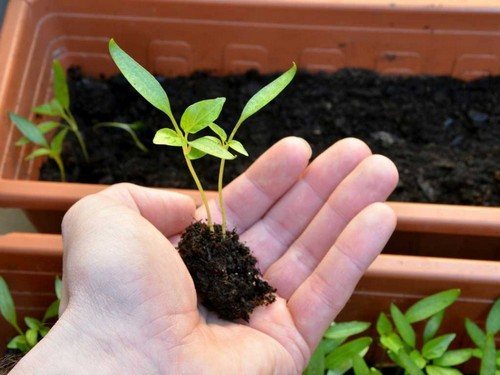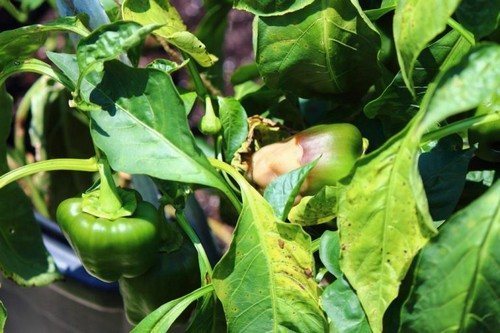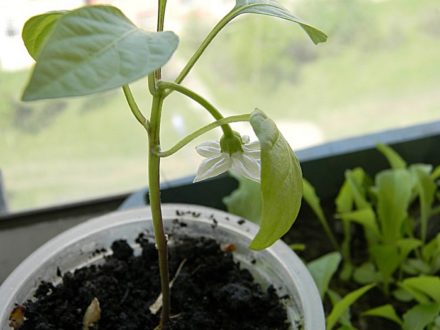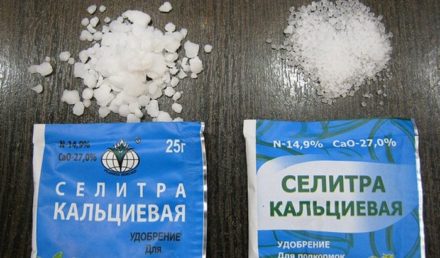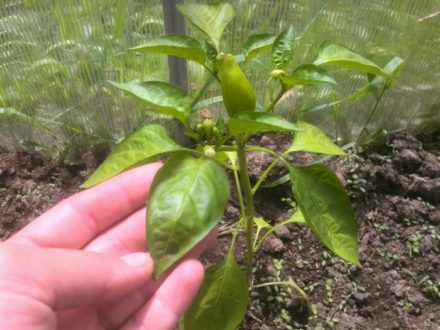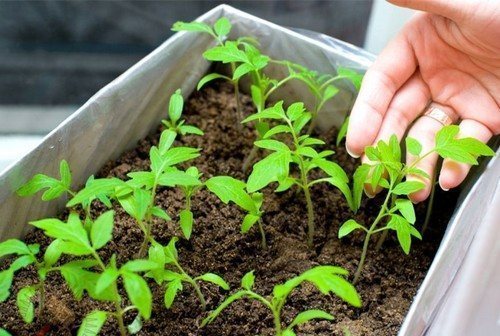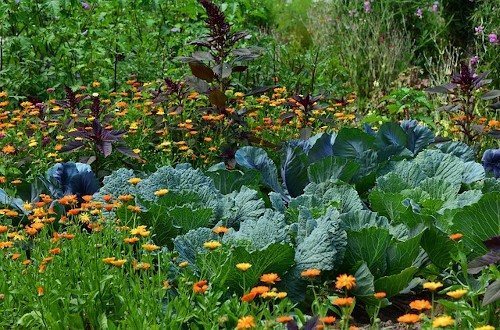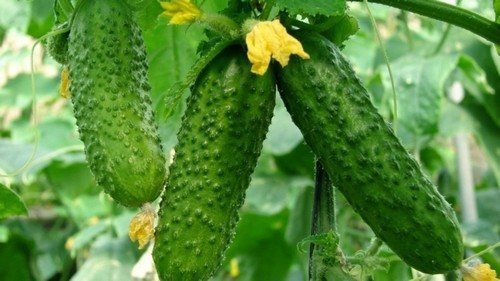Growing pepper seedlings requires time, effort and care. With the wrong approach, the plant does not have the strength to grow and give birth. In order not to make mistakes and not to learn from experience, you should know in advance what should not be allowed.

Improper storage and preparation of seeds
By storing them in plastic bags in kitchen drawers, people expose pepper seeds to heat and moisture, making germination difficult. Storing in a jar without a lid allows access to air; the seeds will become unusable after a month. Optimal conditions are the absence of humidity and temperature - 7–10 degrees Celsius or freezing. In the latter case, it is enough to warm it up in warm water before planting.
To protect against fungus and other infections, the seeds should be treated with potassium permanganate and a special poison solution. It would be a mistake to use solutions excessively: the concentration of the poison should not exceed 2%. The product comes with instructions, where the composition is checked; if it is not there, then you should not buy it. Soaking in potassium permanganate lasts 20 minutes.
Late or early boarding
Early planting of seeds for seedlings threatens overgrowth and the appearance of low fruits, while late planting does not allow the plant to develop or deprives it of sprouts. It is worth focusing on when the seedlings are transplanted to a permanent place:
- Early ripening varieties are sown in 65 days.
- Mid-season varieties - in 65–70 days.
- Late ripening - 75 days.
The sowing time is calculated in detail; it also depends on the location of germination. The owner must ensure that conditions outside or in the greenhouse remain good. Planting of seedlings occurs in the second half of February or early March.

Bad soil
If there are not enough minerals in the soil, then the pepper does not grow or weakens. It is harmful to use soil from flower beds or from under potatoes, tomatoes, tobacco and eggplant. The correct turf soil is selected from areas where perennial grasses grow. You can prepare it yourself. Six months before planting the seeds, a mixture with the following composition is prepared for the soil:
- Gray sawdust. You can’t add too much, this leads to excess acidity.
- River sand: the concentration is 2 times greater than sawdust. It is advisable to rinse.
- Peat, the amount of which is twice as much as sand.
- 4-year-old humus or mineral fertilizers of phosphate and potassium.
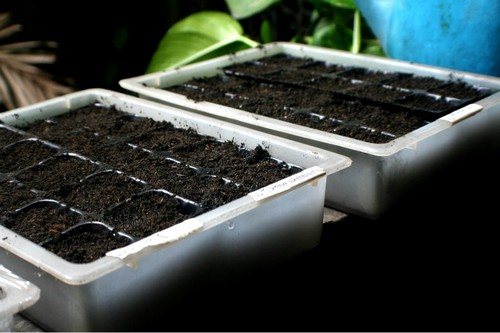
Poor lighting and cold
The absence of the first shoots does not give a reason to store the planted seeds in a dark room; it would be correct to place it on a southern windowsill. After finding the stem, the seedlings are sent to a lighted place. Since they germinate during short daylight hours, there is a need for illumination with a fluorescent lamp, thanks to which it is extended to 11–13 hours. Turns on 2 hours before sunrise and sunset.
Before seed germination, the ground temperature should be +25–28 degrees, after the first sprouts – 20 degrees, after 3 days, constantly maintain the range of +22–25 degrees.
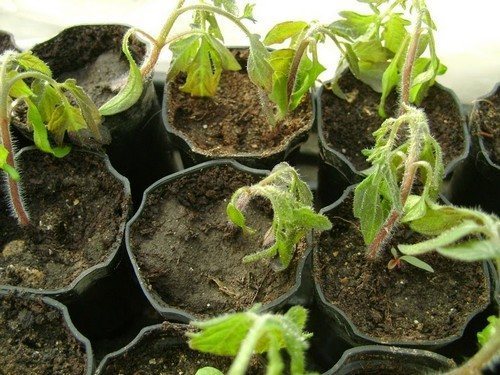
Infrequent watering with plenty of water
It is dangerous to water seedlings that have not yet emerged with a stream of water, as this causes the seeds to go deeper into the soil. The first shoots appeared - no watering for 3 days, only a spray bottle for moisturizing. When the cotyledon leaves come out, water with settled water at a temperature of +25–28 degrees with a glass or spoon.
It would be a mistake to use tap water, as it is cold and sometimes contains chlorine. Rare watering threatens to dry out the soil and damage the plant, so it is done every day.

The seedlings will grow before your eyes, turn into a vegetable bush and produce healthy fruit if you follow the rules. The pepper will be tasty and healthy, and its seeds can be used for further planting.


